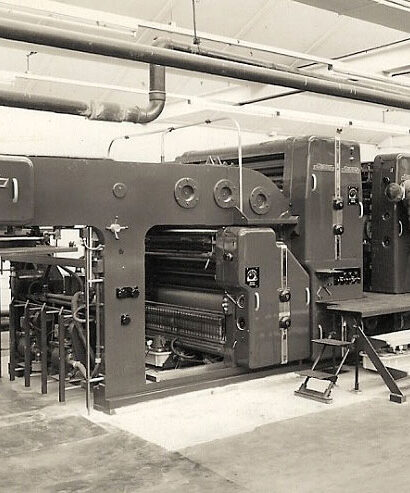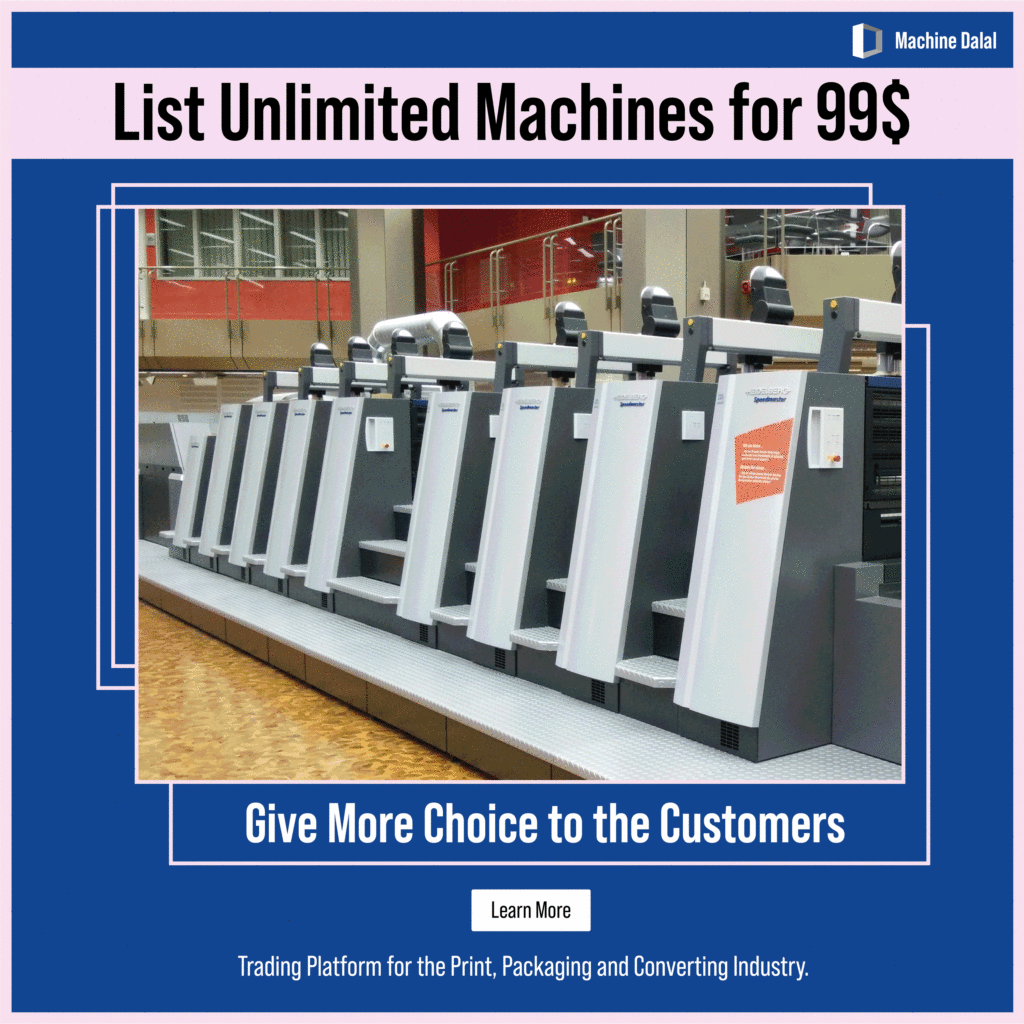The print industry is undergoing a significant transformation as print service providers (PSPs) are expanding their offerings beyond their core segments and entering new markets. This phenomenon, known as convergence, is driven by various factors such as changing customer demands, new technologies, competitive pressures and emerging opportunities.
Convergence can help PSPs diversify their revenue streams, enhance their value proposition, reach new customers and differentiate themselves from their competitors. However, it also poses some challenges such as acquiring new skills, investing in new equipment, adapting to new workflows and regulations, and facing new competition.
In this blog post, we will explore what convergence means for the print industry, what are the main drivers and benefits of convergence, what are the most popular segments for convergence, and what are some best practices for PSPs who want to embrace convergence.
What is convergence in the print industry?
Convergence in the print industry refers to the process by which PSPs expand from their core businesses into adjacent market segments as a way to grow and diversify. For example, a commercial printer who offers packaging services, a graphics and sign producer who invests in commercial printing equipment, or a garment decorator who provides wide-format printing solutions.
Convergence can occur within a segment (e.g., a packaging printer who expands into flexible package printing) or across segments (e.g., a commercial printer who expands into label printing). Convergence can also involve adding new technologies (e.g., digital printing, print enhancement, printed electronics) or new services (e.g., design, marketing, fulfillment) to complement the existing offerings.
Documented Shift in the Print Industry
This shift in the print industry was documented in a recent study commissioned by Napco Research with Printing United Alliance. The objective is to determine how print segments are merging through print service providers to expand into segments beyond their own. Print Service Providers (PSP) are looking for new avenues and venturing into other segments of the business.
The study found that in an effort to best serve their customers, printers had begun to identify opportunities outside their primary segment and consider this expansion into other markets to become a one-stop-shop. In order to serve their customers better and maintain an ongoing productive relationship, print businesses are making the decision to provide additional services by expanding into other segments.
According to the study, many printers felt there was still significant opportunity to grow. Over 80% of respondents believed that the expansion into new segments would accelerate over the next five years. This growth will be seen in the investment in new equipment and software, the addition of employees with a specific skill set, as well as an increase in the number of mergers and acquisitions among printers to make a successful entry into a new segment.
What are the main drivers and benefits of convergence?
Convergence is not a new phenomenon in the print industry, but it has been accelerating in recent years due to several factors:
Changing customer demands: Customers are looking for more personalized, customized and integrated solutions that meet their specific needs and preferences. They are also seeking more value-added services such as design, marketing, fulfillment and e-commerce. PSPs who can offer a wider range of products and services can increase customer loyalty, satisfaction and retention.
New technologies: Advances in digital printing, print enhancement, printed electronics and other technologies have enabled PSPs to print on a wider range of substrates, create more innovative and high-value applications, and improve efficiency and quality. PSPs who can leverage these technologies can gain a competitive edge, access new markets and increase profitability.
Competitive pressures: The print industry is facing increased competition from both traditional and non-traditional players such as online platforms, media companies and retailers. PSPs who can differentiate themselves by offering unique and diversified solutions can stand out from the crowd and attract more customers.
Emerging opportunities: The print industry is also witnessing new opportunities in various segments such as packaging, graphics and sign, garment, industrial and commercial printing. These segments offer high growth potential, high margins and high demand for printed products and services. PSPs who can tap into these opportunities can expand their customer base, increase their market share and generate more revenue.
Convergence can bring many benefits for PSPs who want to grow and diversify their businesses:
With evolving technology and challenges ahead, it makes sense for PSPs to not only look out for the new opportunities arising within their own market but to explore the ones in other segments of the print business as well.
Machine Dalal platform is preferred by buyers and sellers from the global print industry to get directly connected with each other and buy and sell used printing machines with ease.
Visit the Machine Dalal website or simply download our app.
You can also download our app onto your Android or iOS smartphone.




